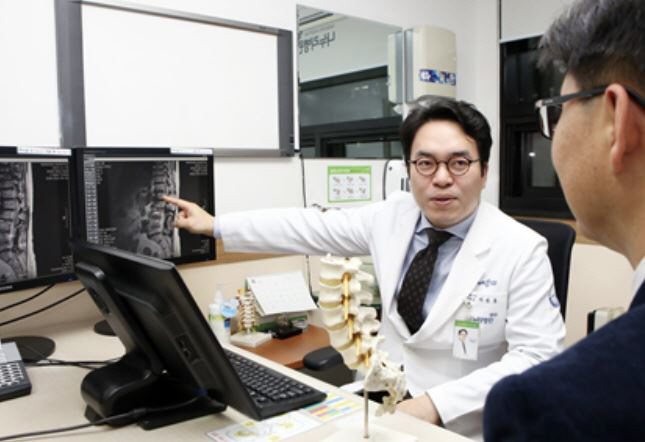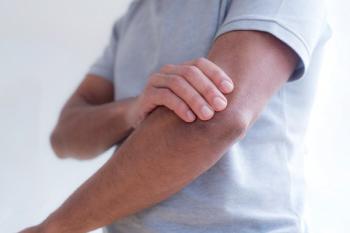Low-speed aging, spine is a variable...Spinal canal stenosis in 20s and 30s surged 187% in two years
Aug 29, 2025
|
In fact, according to statistics from the Health Insurance Review and Assessment Service, the number of spinal canal stenosis patients in their 20s and 30s increased 187 percent in two years from 32,261 in 2022 to 92,599 in 2024. The main cause of spinal stenosis in young people is the occurrence of a short extra budget by nature or the early progression of disc degeneration. These factors can cause the progression and symptoms of spinal stenosis, so you should pay attention to the spine from an early age.
Spinal canal stenosis is a disease that causes back pain and numbness in the legs by pressing the spinal canal, a passage through which the central nerve passes, as the surrounding ligaments and joints thicken. The main reasons are mainly degenerative changes in which the disc in front of the spinal canal escapes with age, or the posterior joint, which is a posterior structure, grows and the yellow ligament thickens. The most typical symptom of spinal stenosis is 'intermittent claudication', in which the symptoms of tightening and numbness of the legs are repeated after walking a certain distance.
Director of Suwon Nanuri Hospital's Spine Center Pee Yong-hoon "Spine tube stenosis is easy to regard as insignificant because symptoms are alleviated after a short break, especially when walking."If left unattended, the frequency and intensity of pain become more severe, and eventually chronic pain or, in severe cases, urine disorders can occur, so it should never be overlooked."
The intensity of pain can vary from patient to patient, due to a number of complex reasons, including the location and degree of nerve compression, the extent of inflammation and swelling around the nerve, and the patient's muscle condition and posture. For accurate diagnosis, hospitals perform MRI and CT scans to determine the area and degree of nerve compression.
Depending on the diagnosis results, conservative treatments such as medication, physical therapy, exercise and water therapy are performed if the initial or mild symptoms are present. Nevertheless, if there is no improvement in symptoms or daily life is difficult due to symptoms such as paralysis of the lower extremities, surgical treatment should be considered.
Methods for spinal stenosis surgery include 'microscopy spinal surgery' and 'spinal endoscopy'. The microscopic spinal surgery' is carried out precisely using a special microscope, and after a minimum incision of about 1.5 to 3 cm, the lesion is directly identified with a microscope to remove disk pieces or decompress nerves. It has the advantage of short surgery time and fast recovery as the range of skin incision is small, leaving little scarring, and only the lesion area can be selectively removed while minimizing nerve and blood vessel damage.
On the other hand, 'spinal endoscopy' is a method of treating the lesion with micro tools and lasers while enlarging the lesion area through an endoscope. It is characterized by a short procedure time and rapid recovery due to little damage to normal tissue. Since surgery is possible only with local anesthesia, patients with chronic diseases such as high blood pressure or diabetes can be safely received, and it has the advantage of being able to be discharged on the same day or after a day of hospitalization.
Director Pi Yong-hoon "Spinal duct stenosis determines whether to operate by comprehensively considering the patient's age and severity of symptoms."As it is difficult to recover naturally over time, it is important not to neglect symptoms and consult a specialist for appropriate treatment. As the core of low-speed aging lies in prevention and management, efforts to slow down spinal aging through early management from an early age are needed, he advised.
|
This article was translated by Naver AI translator.















